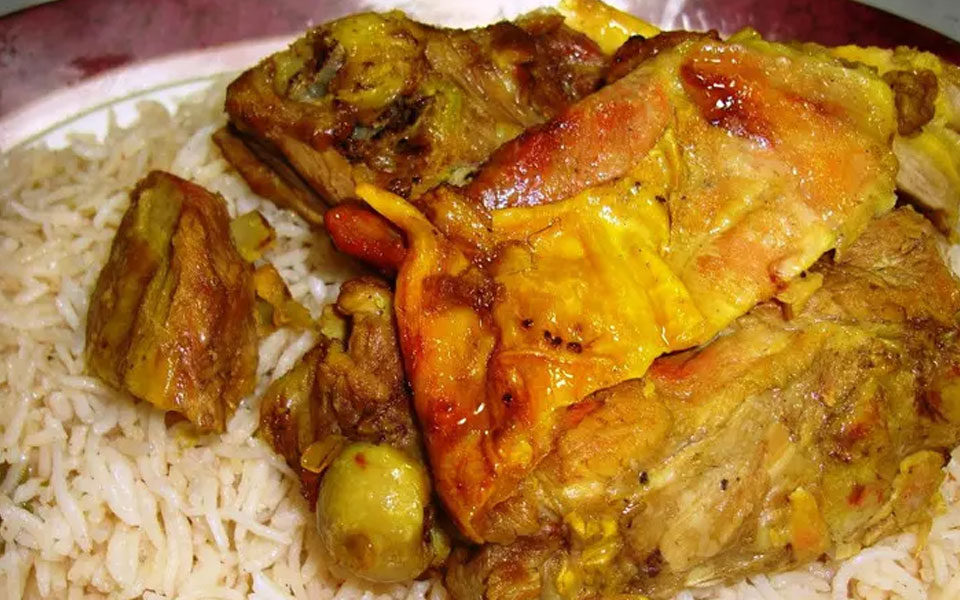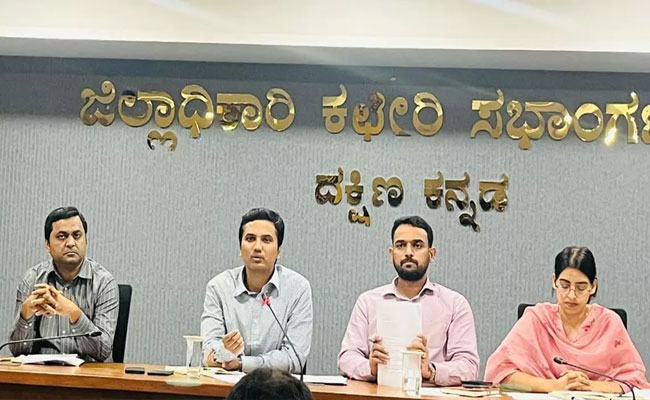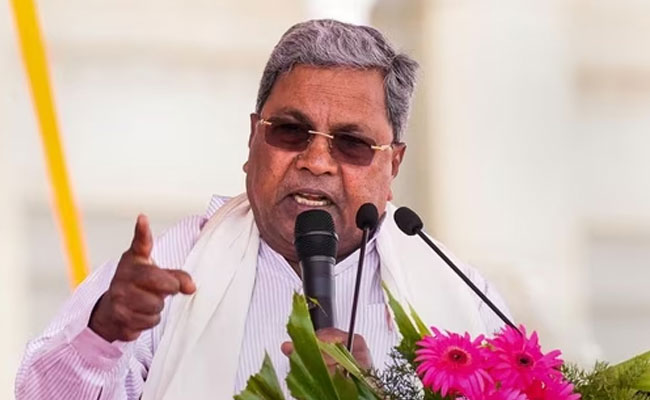Arabic food is turning out to be a hot trend in India these days due to obvious connection. GCC is home to around 7 million expatriate Indians. So their obsession with the Middle Eastern food comes as no surprise.
Little wonder then that restaurants serving Arabian food have sprung up in various parts of India, particularly in states like Kerala, Andhra Pradesh, Telangana, Tamil Nadu and Karnataka.
And in some hotels, even the décor and ambience is arabesque. The Arab custom of sitting comfortably on the floor carpet and eating from the same large platter is also part of some of these restaurants.
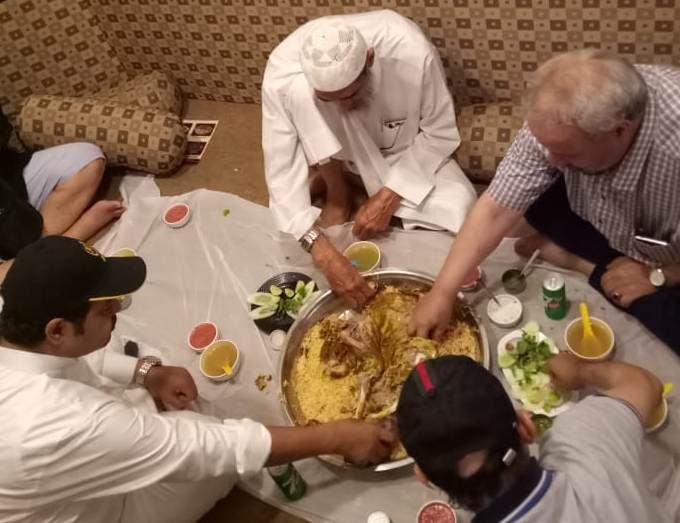
(The Arab custom of sitting comfortably on the floor carpet and eating from the same large platter is also part of some of these restaurants.)
Shewarma, the rotisserie chicken/mutton warp, has already made a rage in India. Select star hotels in metros have a collection of delights to choose from Arabic food on their menu for a long time but are often too expensive for a commoner.
So, in the recent past, cashing in on the interest of people who love feasting on Arabic food, restaurants are rustling up Arabian delicacies in substantial numbers in places like Mumbai, Chennai, Hyderabad, Kochi, Calicut, Bangalore, among others.
Hyderabad, which was once ruled by Muslims, leads in offering Arabic food to its residents and tourists. The historic city is also home to Hadhrami Arabs (from Yemen) whose culinary influences is distinctly visible.
Hyderabad’s old city area is a foodie delight with a good number of restaurants rustling up Arabian delicacies. Barkas and Yerrakunta suburbs, a 20-minute drive south of Charminar looks like a mini-Arab locality with hotel signage in Arabic greeting the visitors.
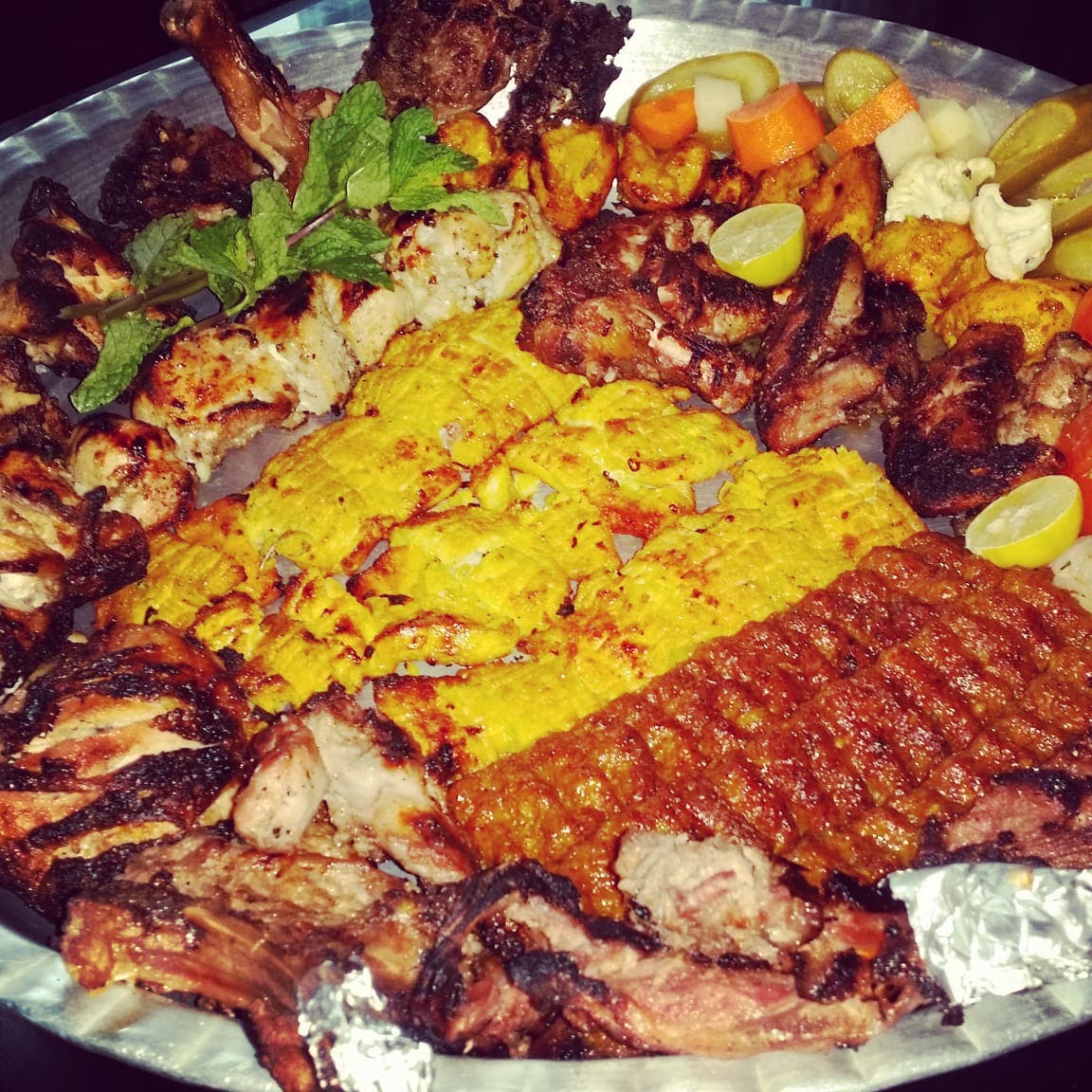
(In addition to the regulars like shewarma, falafel, grilled meats and machboos accompanied by khuboos and hummus, one can find Arabic salads like fattoush, tabbouleh and of course, mandi.)
There are many in the twin neighborhoods who trace their progeny to Hadramaut in Yemen, an Arab country. As one enters the locality, one is feasted with restaurant signs advertising mandi, a Yemeni rice dish cooked in a clay oven with lamb or chicken. Mandi has become an all-times favorite of such restaurants.
Sabyasachi Roy Chaudhuri, a food explorer and blogger, writes: “One of the Yemeni preparations, a dish which has become popular in Hyderabad is their traditional mandi. The authentic mandi in Arab countries is prepared in a pot, which is put inside a specially dug pit in the ground. However, most restaurants serving mandi in Hyderabad now cook it in firewood inside a usual tandoor.”
It is said that there are more than 30 restaurants that serve mandi along the six-km stretch that links Barkas to Shaheen Nagar along the Srisailam highway located in the southern part of Hyderabad. There are few select hotels also serving madhbi, which is meat and rice cooked directly on hot charcoals, which has a zesty smoked flavor.
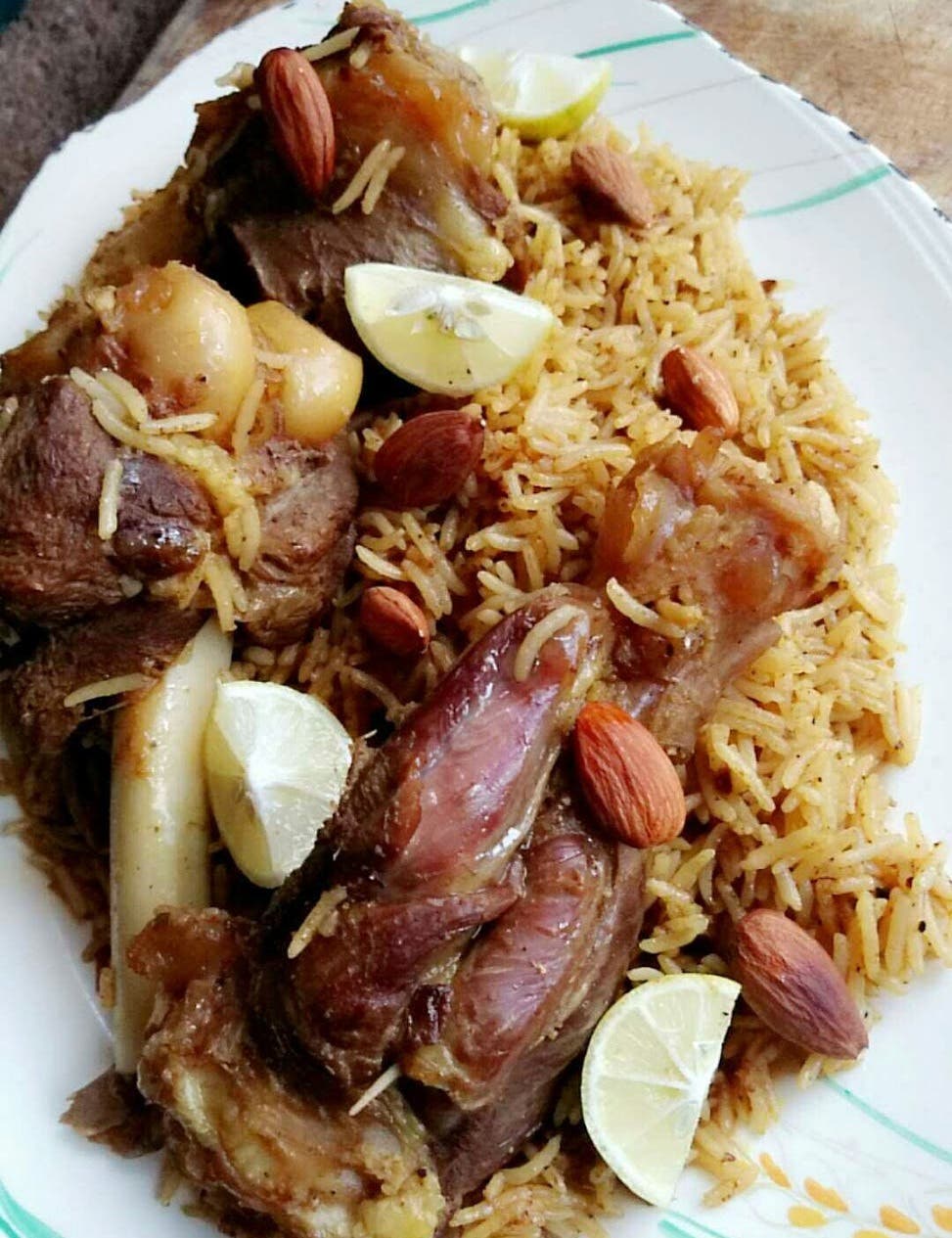
(The tastes of Arabia have also invaded a vegetarian food favored city like Chennai.)
Kerala’s aroma
The aroma of Arabian food also waft across the state of Kerala, which is home to a major chunk of Gulf NRIs. Cities like Kochi, Calicut, Kannur, Thalassery, Thiruvananthapuram and other smaller towns have a fair amount of hotels serving Arabic cuisine or their versions.
Kuzhimanthi Biryani, similar to mandi, is a big hit in Kochi. City’s newly opened Cabritoz Arabic restaurant, with an Arabic ambience makes you feel as though you have been transported to an Arab land.
In addition to the regulars like shewarma, falafel, grilled meats and machboos accompanied by khuboosand hummus, one can find Arabic salads like fattoush, tabbouleh and of course, mandi.
The seaside city of Calicut also has a fair share of restaurants that has on offer authentic Arabic food. Ambling down the Kozhikode beach and its environs one can find a number of fast food joints and restaurants offering authentic Arabian cuisine to their discerning customers.
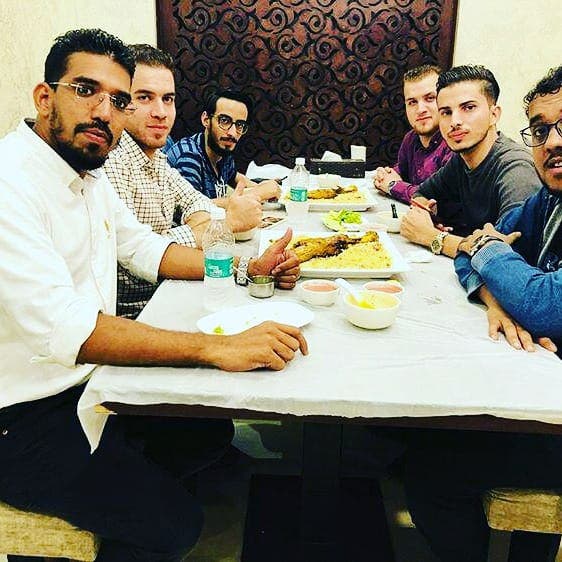
(Arabic food is also getting popular among the youth.)
One of the earliest restaurants serving Arabic food is the Al-Bake Arabic Restaurant on the city’s Mavoor Road. In the Malabar area (with Calicut as hub) of Kerala, mandi has replaced the traditional Malabar Biryani in many weddings and festive occasions. Though the menu is not the exact replica of the quintessential Arabic food, yet the taste is fairly close.
Dammam-based Syed Jamal, who is a regular at such joints during his India visits, says Arabic food is light on the belly. “The sprinkling of powdered dark-red sumac which provide a pleasant lemony spice and tastes especially good on meats such as shish kebabs and on salads enlightens my senses. I am a great fan of mandi. Though the taste here is not very authentic but nevertheless is fairly good,” he says.
Another traditional Arabic dish, kabsa, especially famous in Saudi Arabia, is also a favorite for many. Kabsa gets its flavor from a mixture of intense spices.
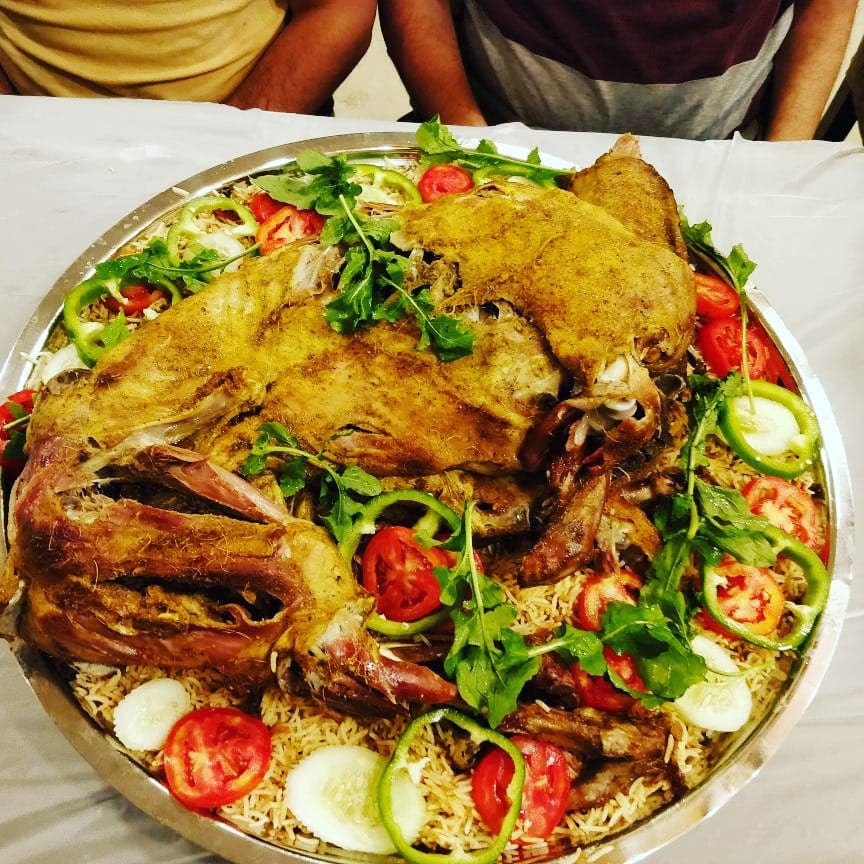
(Kuzhimanthi biryani, similar to mandi, is a big hit in Kochi.)
Mandi rice and kabsa have conquered Bangalore’s taste buds with outlets selling these and other Arabic dishes in several pockets of the city. Mosque Road and its vicinity in Frazer town have a string of Arabic specialty restaurants.
Says Shaad Hasan Damudi, owner of the famous Alibaba café and restaurant, Bangalore, said: “We serve popular rice dishes like kabsa, maqlooba and Egyptian koshari apart from Arabian grills, mezzeh and shewarma. Indians have developed a great taste for Arabia cuisine.”
The tastes of Arabia have also invaded a vegetarian food favored city like Chennai. Mashawi, a restaurant with a presence in Anna Nagar East and Park Town, is known for ouzi, a traditional Arab dish.
This traditional dish entails slow-cooked meat that comes with spiced steamed rice, boiled eggs and potatoes.
courtesy : english.alarabiya.net
Let the Truth be known. If you read VB and like VB, please be a VB Supporter and Help us deliver the Truth to one and all.
Belagavi (Karnataka) (PTI): The Karnataka Excise Department has conducted a statewide crackdown on illegal liquor trade over the last two years, resulting in arrests and seizures of alcohol, Karnataka Excise Minister R B Timmapur said on Tuesday.
As many as 1,09,017 people were arrested, and seizures included 13.66 lakh litres of liquor and 27.19 lakh litres of beer, he said in a written reply to a starred question by Harihar BJP MLA B P Harish in the Karnataka Assembly.
The Minister said the enforcement drive covered the financial year 2023–24, 2024–25 up to June, and 2025–26 from July to October, targeting unauthorised liquor manufacture, storage, sale and transportation across the State.
"During this period, statewide enforcement drives resulted in a total of 1,84,570 raids against illegal liquor sales,” Timmapur said.
ALSO READ: BJP accuses Karnataka govt of 'failing' to prevent noise pollution caused by 'azaan'
He noted that 9,179 non-bailable cases and 91,968 bailable and compoundable cases under Section 15(A) of the Karnataka Excise Act, 1965, were registered during the same period.
According to him, there have been no reports indicating that students have become addicted to alcohol due to illegal liquor sales.
The sale of alcohol to minors is strictly prohibited under the Karnataka Excise Act, 1965, and the department has issued periodic instructions to initiate legal action against violators, with strict enforcement and investigation measures in place, the Minister said.
Excise officials are carrying out regular road and night patrols, collecting intelligence, monitoring habitual offenders and conducting raids to identify illicit distillation units, unauthorised liquor outlets and spurious liquor manufacturing centres, he said, adding the department is also enforcing the law to prevent the production, storage, sale and transport of spurious, non-duty-paid and unauthorised liquor.
Regular patrols are being conducted on national and state highways, with suspicious vehicles being subjected to checks.
At the district level, standing committee meetings are held under the chairmanship of Deputy Commissioners, and joint operations are carried out with the police and forest departments to curb excise-related offences.
The department is also conducting awareness programmes through Gram Sabhas and in schools and colleges to educate the public and students about the physical, mental and social health hazards associated with alcohol addiction and substance abuse, Timmapur added.

